Investing
The Coolest New Cybersecurity Software Out There Seems Straight Out of the Matrix
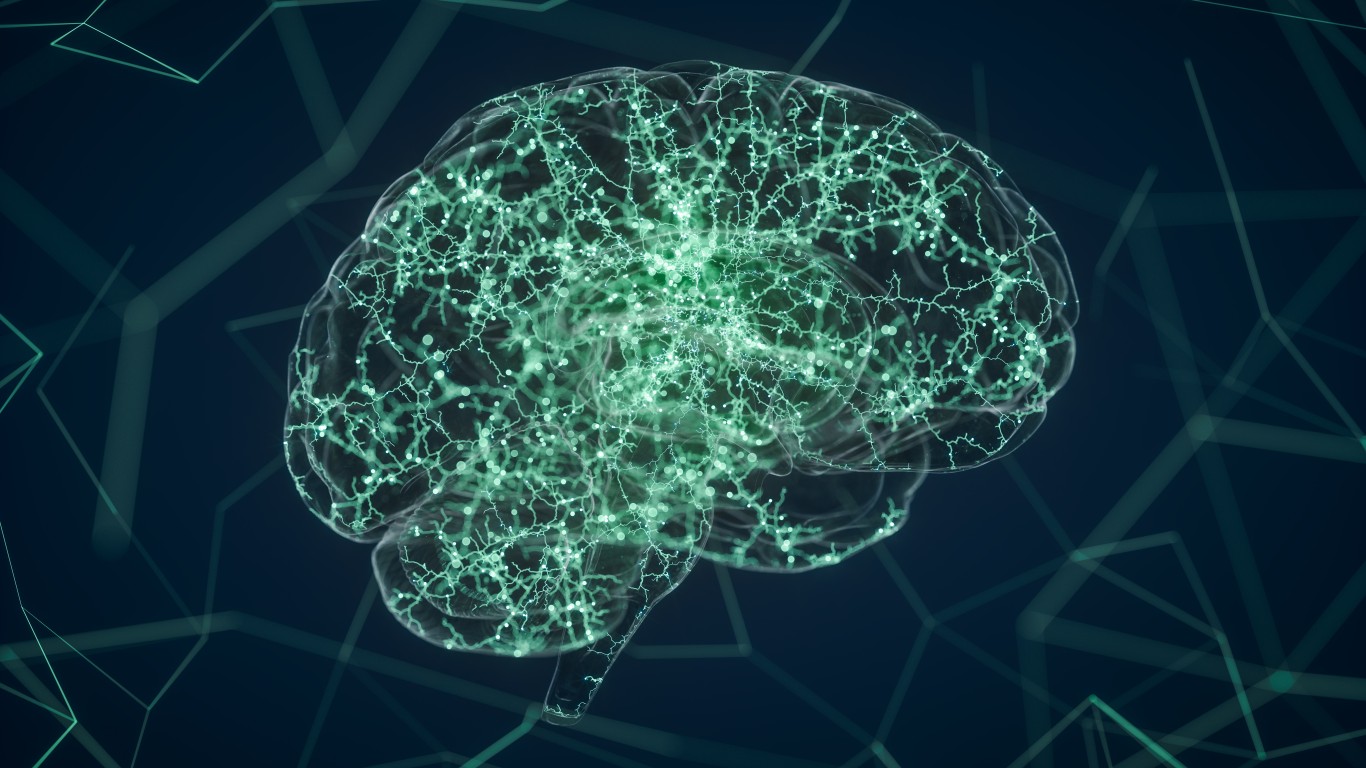
Published:

Key Takeaways:
Cybersecurity has come a long way over the past decade. Cyberattacks have become increasingly sophisticated and costly. More and more businesses are online, where they have to grapple with this growing threat. The demand for innovative cybersecurity solutions has never been higher!
There are tons of new, cool cybersecurity software out there that’s revolutionizing the industry. AI and machine learning are no longer futuristic technologies. Instead, they’re now at the forefront of cybercrime. By analyzing tons of data and identifying patterns faster than any human could, AI is revolutionizing the way we protect ourselves online.
Let’s take a look at the coolest new cybersecurity software utilizing AI and machine learning.

AI has become a huge field lately. We’ve covered high-growth AI stocks substantially, and it appears that AI will only continue to disrupt industries into the future. One of these industries is cybersecurity, where AI is starting to be used for tons of different purposes.
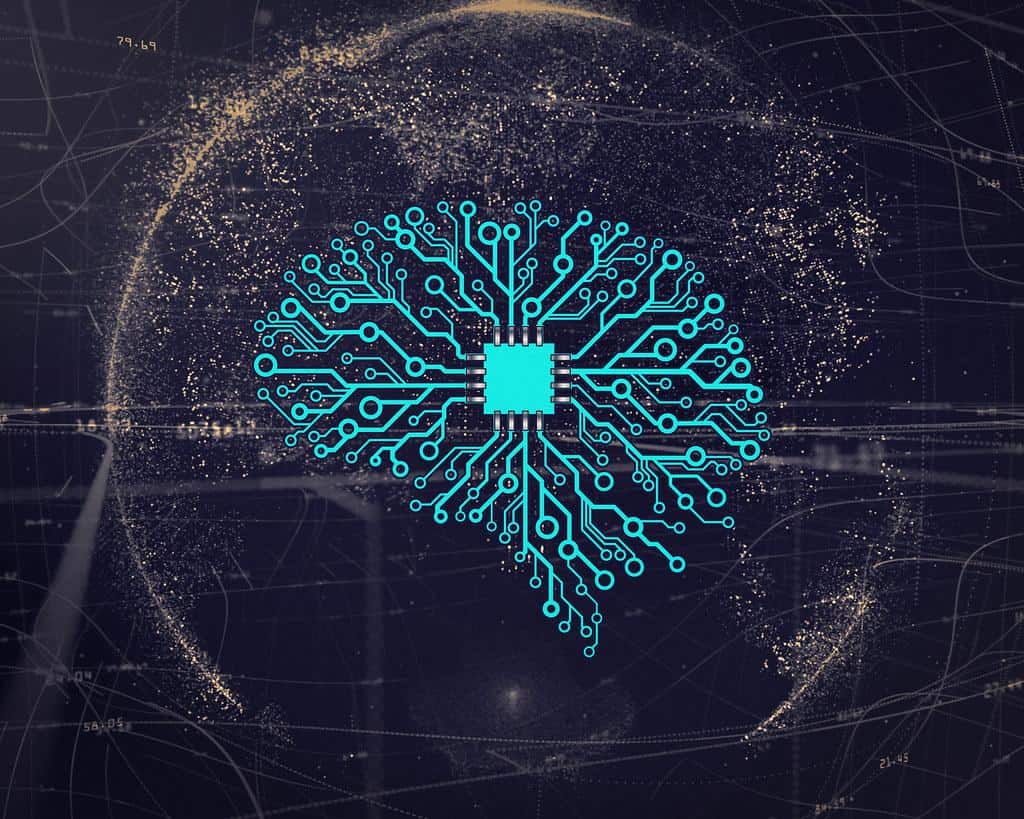
Traditionally, cybersecurity has relied heavily on human experts and signature-based detection methods. Once upon a time, these worked well. However, cybercrime has become more sophisticated. AI offers a leg up.
AI can process vast amounts of data at incredible speeds. These technologies can identify patterns and anomalies very quickly – faster than any human could potentially spot.
AI-powered systems can mimic human thinking to a certain extent, learning from experiences and adapting to new challenges. AI can make real-time decisions, such as blocking malicious traffic and quarantining files. It’s like having an expert in your back pocket.
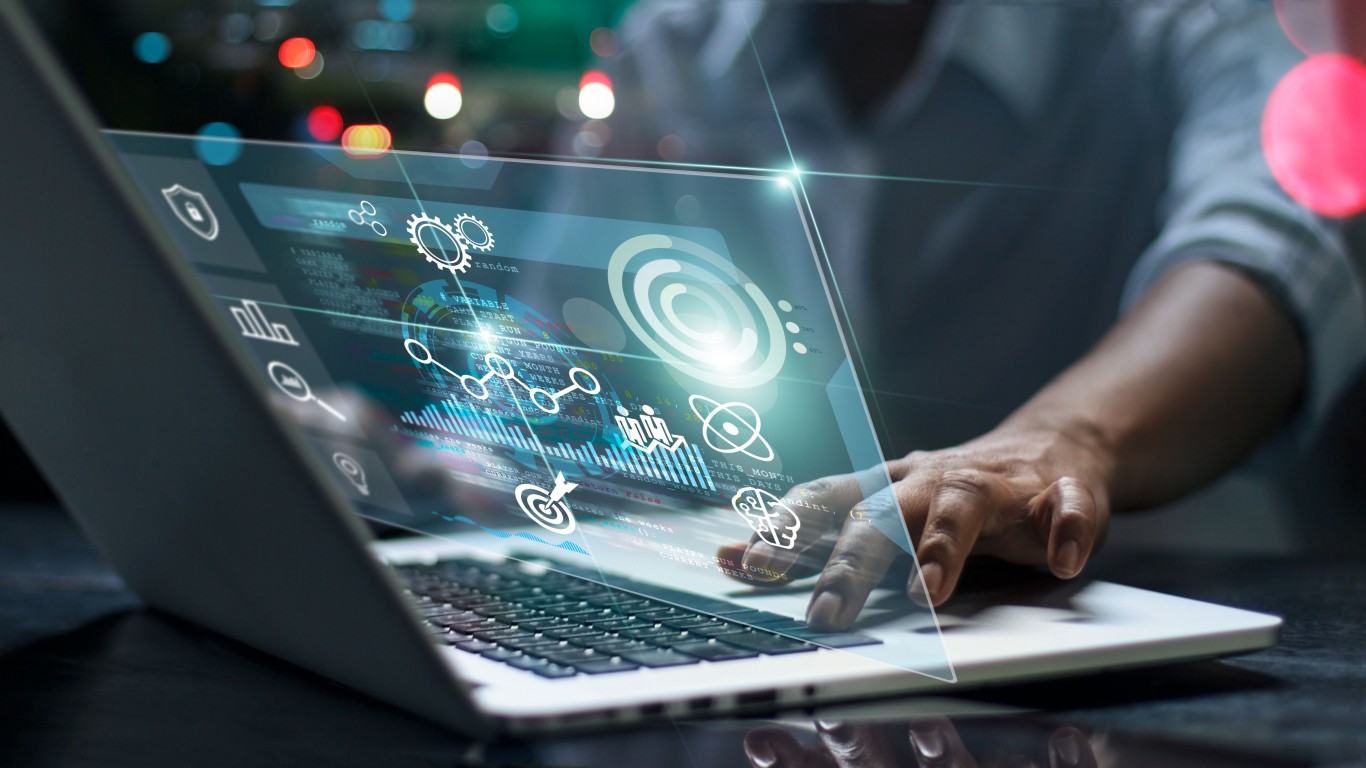
Before we can dive into exactly how cybersecurity is being revolutionized with AI, it’s important to establish exactly what we’re talking about with these terms. AI is a very broad term for creating “intelligent agents,” while Machine Learning is a subset of AI that focuses on teaching computers to learn from data. This differs from programming computers traditionally.
AI-powered systems can often reason and adapt, making them formidable opponents for cybercriminals. They can often mimic human behavior but at a much faster speed, allowing them to stop attacks before they cause damage.
Machine learning is the engine behind many AI-powered cybersecurity solutions. By feeding vast datasets into algorithms, ML models can identify hidden patterns and correlations. This allows the AI to detect unknown threats and predict future attacks. For instance, machine learning allows AI to analyze network traffic and pick up suspicious activity that hasn’t been explicitly taught.
Here are some of the ways AI is revolutionizing cybersecurity:

One of the biggest capabilities of AI is its ability to anticipate threats. By analyzing vast amounts of data relatively quickly, AI can identify patterns and predict when cyberattacks may happen. By recognizing these early warning signs, security teams can proactively defend against threats before they escalate.

AI eliminates the need for a human touch to block attacks, too. To a large extent, AI can act on attacks extremely fast, from detecting the breach to containing the damage. AI can be trained to deploy countermeasures without any human intervention, significantly reducing response times and preventing damage.
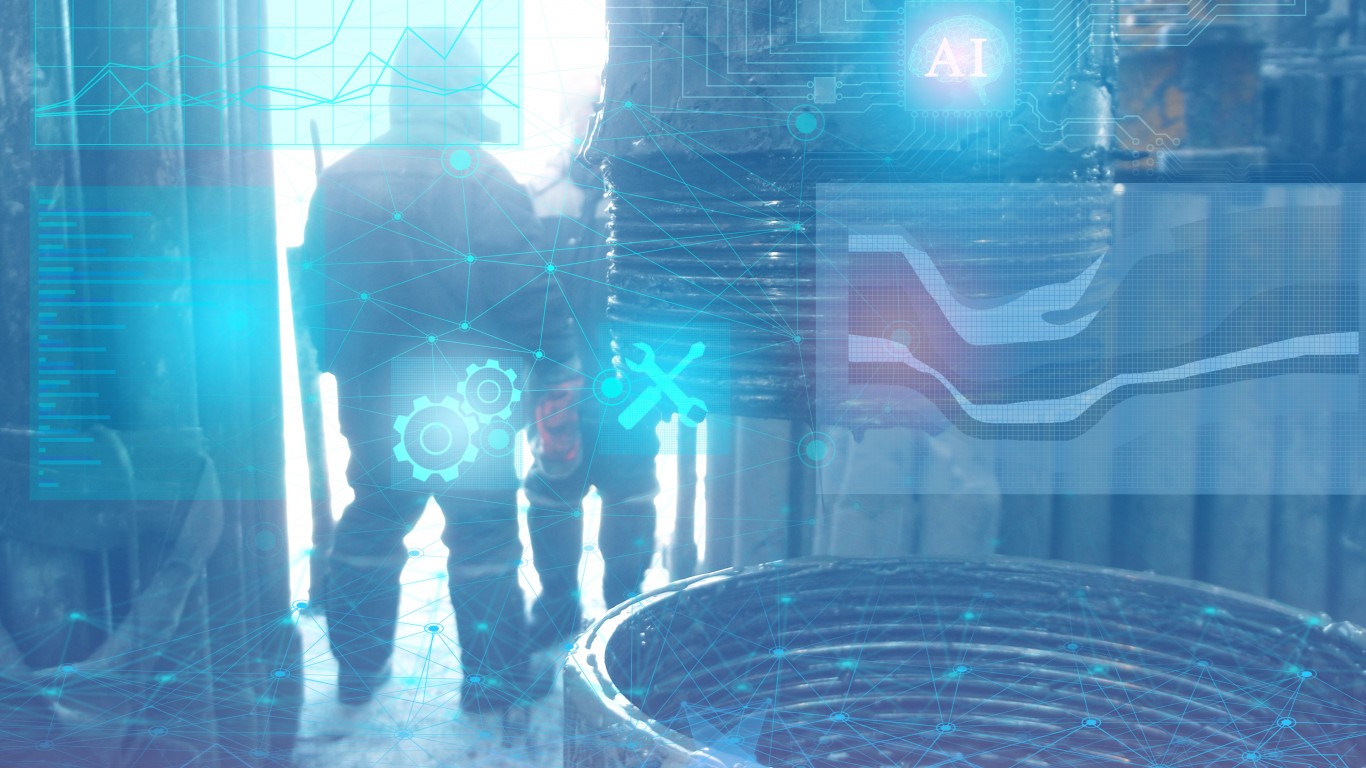
Zero-day threats are the nightmare for security teams. These are previously unknown vulnerabilities that attackers can exploit before security even knows they’re there. Often, this is exactly what patches set out to fix, but the system is vulnerable before that patch becomes available.
AI can help identify these vulnerabilities early by analyzing data for anomalies.
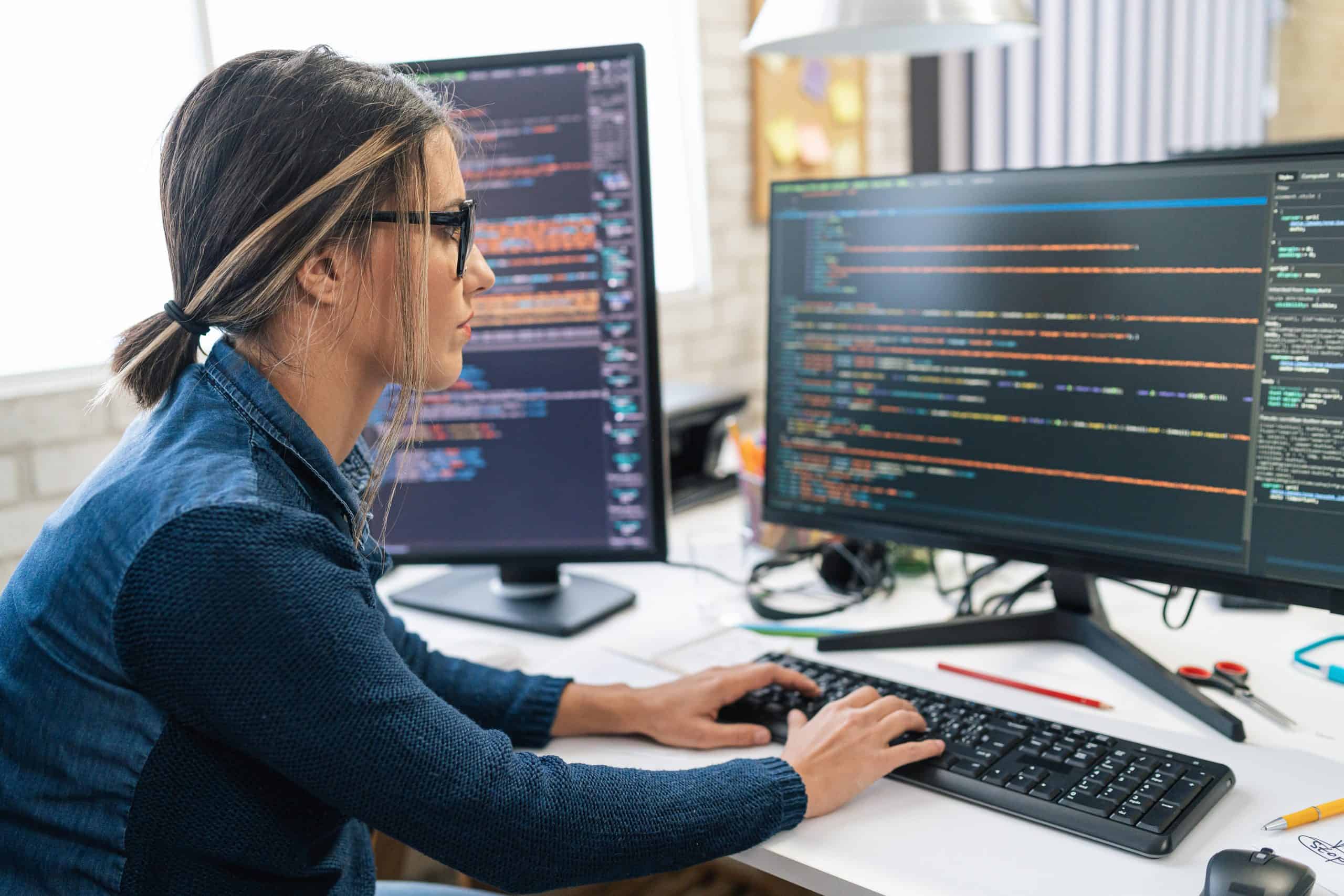
SOAR platforms are simply comprehensive suites of cybersecurity tools. They do a lot of jobs all on one platform, making it easier for threats to be detected and handled. Many SOAR platforms are starting to use AI to automate easy tasks and provide recommendations for the human security team.
However, there is a good chance AI will continue to be used on SOAR platforms and start to take a bigger role, such as responding independently to threats.

Traditional endpoint protection solutions often rely on signature-based detection, which sophisticated threats can easily bypass. AI offers several alternatives that may be more secure, such as behavior-based detection. Some modern endpoint platforms use AI to analyze device activity and block malicious behavior in real-time.

Many businesses are beginning to move to the cloud, which means that sensitive data becomes increasingly vulnerable. AI-powered cloud security is an absolute must for companies today, and AI is starting to help with that.
AI protects the cloud in a similar way to other systems. It analyzes data, which helps these systems learn what’s going on. Then, it can detect threats extremely fast and act on them.
Some systems even detect vulnerabilities before there is an attack, allowing humans to cover up the vulnerability before it gets taken advantage of.

AI can also analyze user behavior and notice when things are a little bit off. By giving the AI access to user behavior, the system can then detect when some users aren’t behaving like the rest. This technology helps detect advanced attacks, like insider threats and account takeovers. Today, these threats are very hard to detect.
Retirement planning doesn’t have to feel overwhelming. The key is finding expert guidance—and SmartAsset’s simple quiz makes it easier than ever for you to connect with a vetted financial advisor.
Here’s how it works:
Why wait? Start building the retirement you’ve always dreamed of. Click here to get started today!
Thank you for reading! Have some feedback for us?
Contact the 24/7 Wall St. editorial team.